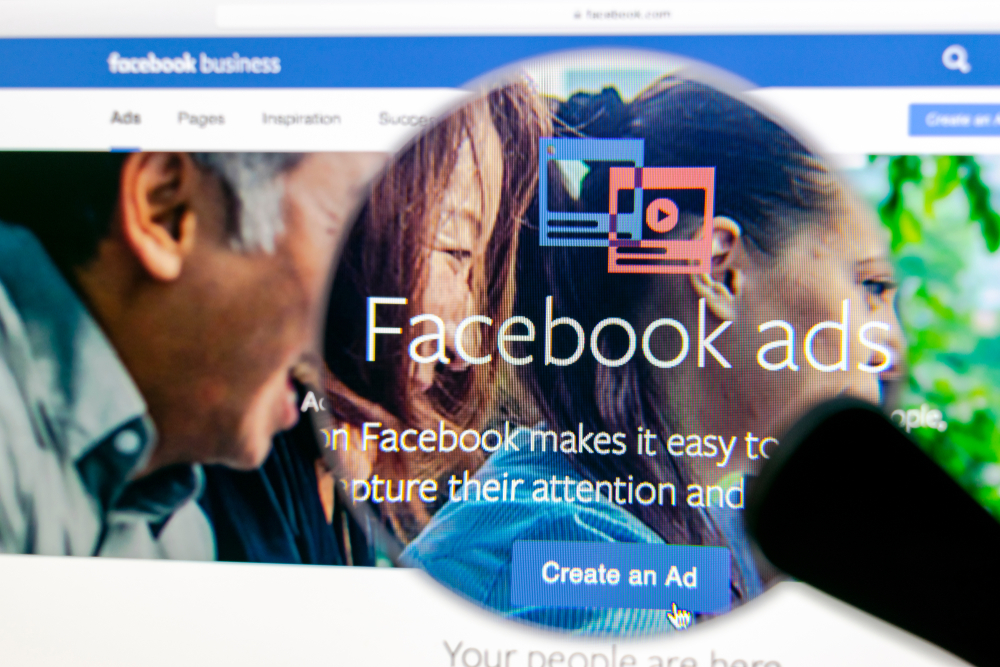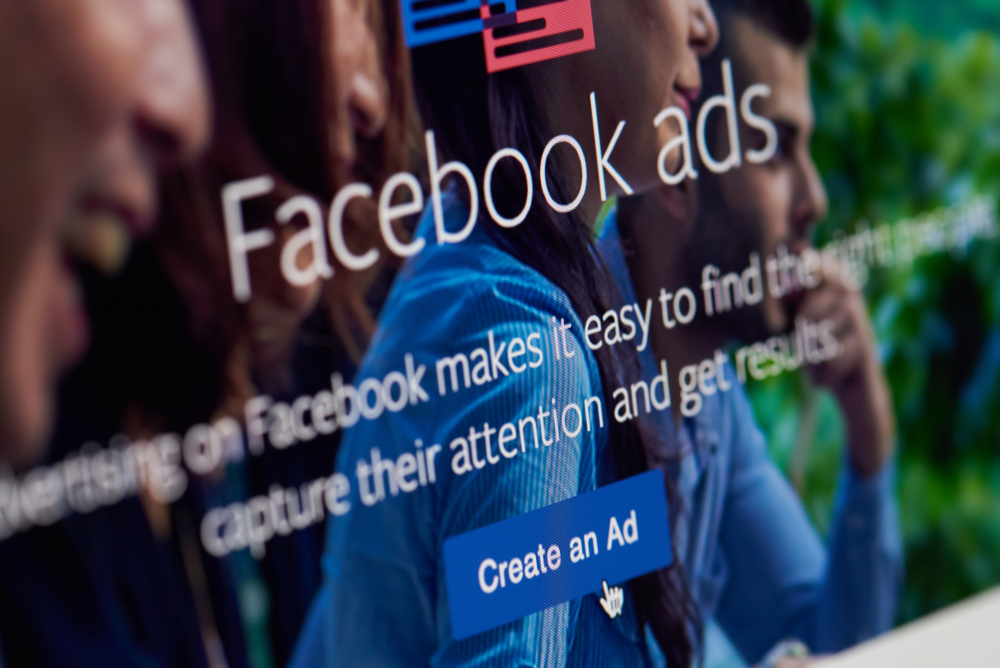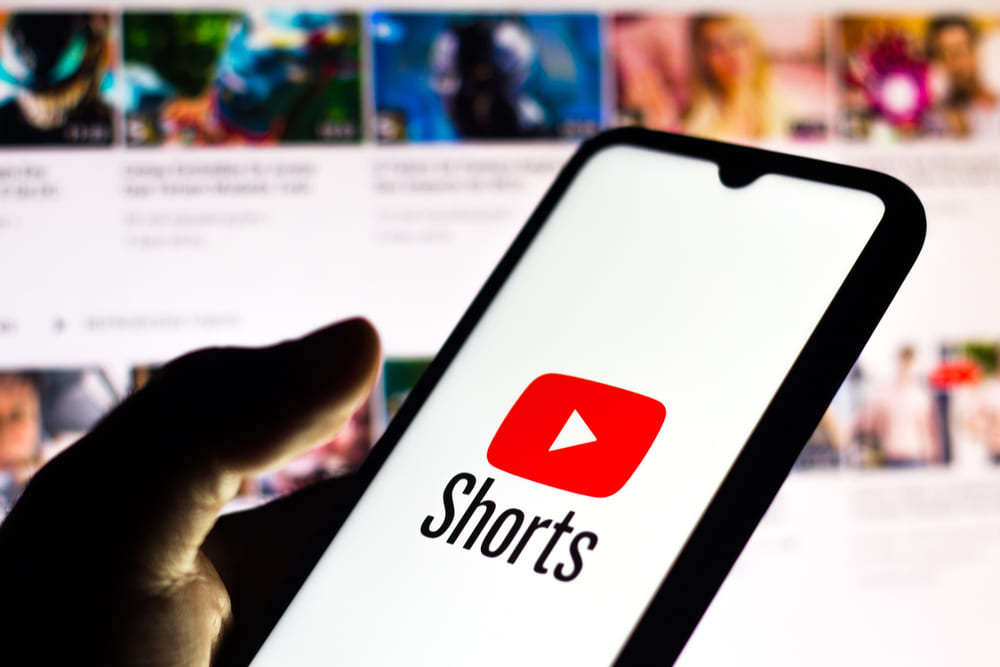Struggling to see results from your social media efforts? Facebook Ads can be a laser-focused way to reach your ideal customers and skyrocket sales. This article equips digital marketing specialists with a simple framework to craft a powerful, targeted Facebook advertising strategy that gets real results.
Strategy Development
You’ve identified the problem – uninspired social media efforts. Now, let’s fix it. This section dives into crafting a powerful Facebook ad strategy that’s laser-focused on reaching your ideal customers. We’ll provide a simple framework to guide you through the crucial steps of strategy development, ensuring your Facebook ads become a skyrocketing sales machine. Take a look at the steps below:
- A Clear Purpose: Detail the SMART (specific, measurable, achievable, relevant, and time-bound) goals. They underpin every strategic choice and are the metrics by which all success, whether of a product, brand, or customer experience, will be judged.
- Placements Optimisation: Make sure you’re selecting the best placements for your ad to perform well and for cost efficiency. Facebook offers a variety of ways to place your ad, such as ad placements in the feeds, the stories, the reels, and more. Test your ad on auto-placement to see what works best, and also check your placement breakdowns to see where our ads perform best. When reviewing these, consider what your ad is, the size of your ad, and whether your ad is both video and image, which could affect your performance. Consider your audience’s behavior on feeds or stories, and finally, think about your campaign objective and whether your ad will perform well on that placement.
- Audience testing: Test as many different audience segments as possible at the lowest cost setting to identify the audiences with the highest engagement and conversion potential. Ensure that each segment has a budget set at the CPA you’re willing to spend on each acquisition to normalize results and ensure relevance in testing.
- Creative and Copy Testing: Create various creatives and ad copies, then run rigorous A/B testing of the different elements – with a unique variable tested every time, and keep only the winners. Budget twice your target CPA for these tests. Set your tests up so you can see the performance of each variation and keep them the highest performing. Then, you’ll see how well they convert and what specific elements draw attention, raise CTR, and convert to sales where others fall short. Test images try video styles, headlines, hooks, and calls to action. Whatever sticks, you’ll know, and you want only the winners to stay.
- Budget Reallocation and Ad Stabilization: Once you’re out of your testing phase, evaluate how well your ads are flowing. Focus your test budget on the ones that have been the most efficient relative to your key metrics and increase the ad spend on these ads by 10% after three days to create more air time and performance. After this, let these ads run for a straight week on a budget of three times your top priority CPA to let the performance data stabilize. (Stabilizing ad performance data helps you verify that the performance data from your audience segment, placements, creatives, and copy are robust, as this feedback loop will serve as a benchmark for your targeting and optimization parameters.) Now you can create the ad in an existing post, turn on CBO, and see which best-performing ad Meta favors the most to launch our new optimizations (finally!) for the campaign.
Execution and Optimization
With a strategic roadmap in hand, it’s time to unleash the power of your Facebook Ad campaign. This next section dives into the world of execution and optimization. We’ll equip you with the tools and tactics to bring your strategy to life, monitor its performance, and fine-tune your approach for maximum impact.
The basics of Facebook bidding: Understanding how Facebook’s set-up of the bidding system works when running your campaign is crucial before execution and allows you to choose the suitable game regarding bidding strategies.
Leveraging Tested Ads for Budget Efficiency:
- Cost Cap: Control the maximum amount you will spend on a conversion. Conversion: The primary action or goal you want people to take on your site is completing a purchase or making an inquiry. Keywords: A specific search term for your products that users search for on Google. Keywords and phrases are highly relevant to your products are known as ‘semantically engaging’. In contrast, keywords and phrases most likely to attract money-making customers using the appropriate search term are considered ‘commercially engaging.’
- Bid cap: A cap on the maximum bid you’re willing to make per auction – an essential option for advertisers in highly competitive environments.
- Accelerated Bid Cap: Use time-sensitive campaigns, such as limited-time promotions, that require quick spending to get heavier ad delivery.
- Continuous Monitoring and Adjustment: Continuously monitor the ads, targeting, placements, and bids in campaigns based on ever-evolving performance data, ensuring agility and adaptability in response to changing user behavior and evolving market conditions.
Learning from the Data
No Facebook Ads campaign is set-it-and-forget-it. The true magic happens when you leverage the power of data. It’s imperative to learn from the data your campaign generates in order to continue to grow. Analyzing key metrics, identifying what’s working and what’s not, and then using those insights to continuously optimize your ads for even greater reach and results are what will bring you the most success.
- Evaluating Results: A long-term post-campaign analysis helps to see how each element of the campaign contributed to the results and pinpoint what worked and what didn’t. Analyze the performance by demographic, ad creative, and platform to see what drove outcomes.
- Iterative improvement: Every day presents an opportunity to gain valuable experience and data. Previous campaigns give you practical insights into evolving your strategy to run better campaigns effectively. A whole new world is opening up. It’s about adaptability. The new frontier of digital advertising demands the daily realignment of strategies and the relentless desire to improve efficacy and relevance. By learning from existing campaigns and using audience insights, advertisers should embrace iterative improvement to ensure they aren’t left behind.
Running a successful Facebook ad campaign isn’t a shot in the dark. Marketers who excel at paid advertising on Facebook follow a structured, strategic process. This process involves everything from clearly defining your campaign objectives to testing different audiences and creative approaches. Finally, it’s crucial to meticulously execute your plan and optimize it based on the performance data you gather. By following these steps, you ensure your Facebook ad campaign has a clear structure and a defined end goal, maximizing your chances of achieving success.




